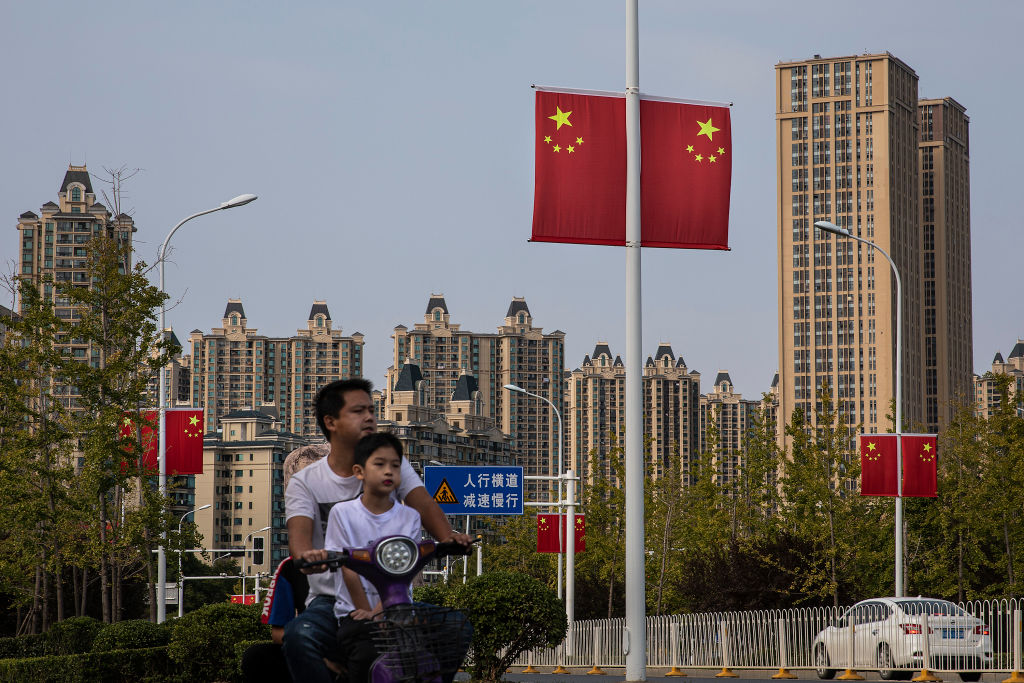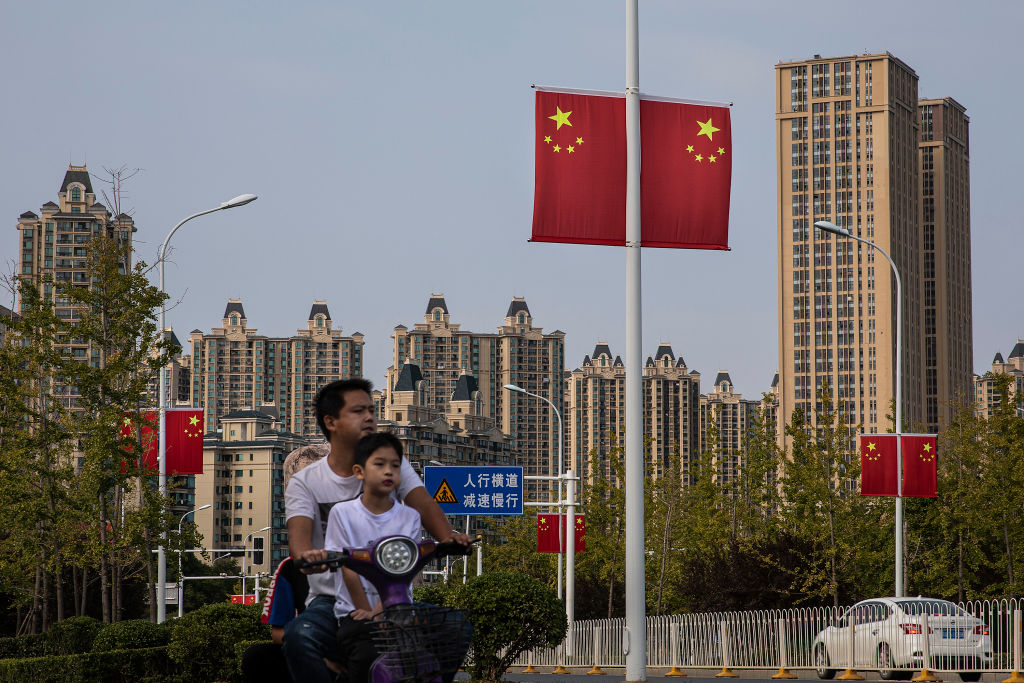China breaks deflationary chains with February surge in consumer prices
China saw its first instance of inflation in February after enduring four consecutive months of deflation.


China saw its first instance of inflation in February after enduring four consecutive months of deflation.
The country’s consumer price index (CPI) rose by 0.7% year-on-year, marking a shift largely attributed to spending related to the Lunar New Year celebrations. This rise offers some respite for China’s economy, which has been struggling with subdued consumer confidence.
“CPI inflation turned positive last month for the first time since September, thanks to temporary factors such as the volatility in food and tourism prices around Lunar New Year,” noted Zichun Huang, China Economist, Capital Economics.
“But persistent overcapacity is likely to continue suppressing inflation. We expect CPI inflation to average only 0.5% in 2024, still far below pre-pandemic norms.”
The National Bureau of Statistics (NBS) reported that the CPI increase was driven by higher prices for essential goods like pork and fresh vegetables, as well as increased travel during the Lunar New Year festivities.
This contrasts with January’s 0.8% decline, which was influenced by increased spending during the Lunar New Year celebrations in January 2023.
However, factory-gate prices continued their decline. The producer price index (PPI) dropped by 2.7% compared to the previous year in February, exceeding the 2.5% decline forecasted in the Reuters poll.
Producer prices have been on a downward trajectory for over a year and a half. The persistent risk of deflation due to weak demand remains a significant concern for China’s overall economic growth.
China has been grappling with sluggish growth, particularly in its real estate sector, due to a deep-seated debt crisis among property developers.
This crisis has dampened home-buying sentiment and weakened a key component of China’s economy.
Despite these challenges, China has set an ambitious economic growth target of around 5% for the current year. However, achieving this goal will require navigating through various economic obstacles, including the slowdown in the real estate market and declining investor confidence.


